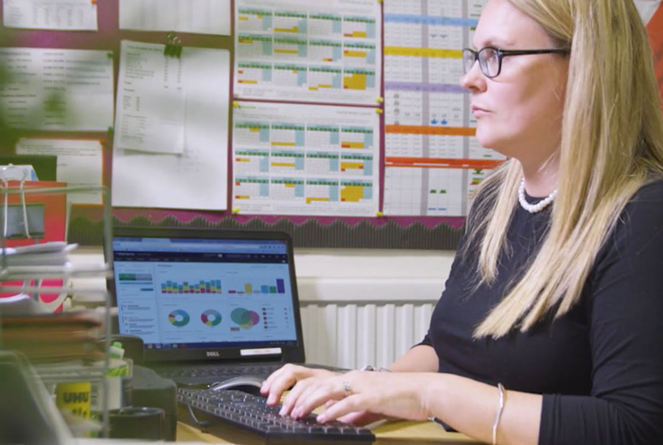Memory retention is an essential skill that is crucial to a child’s learning and academic success. As primary school children engage with new information daily, it’s imperative to help them develop strategies to improve their memory skills. This blog post will explore practical methods for maximising memory retention in primary school-age children, enabling them to excel academically.
Planning for memory retention
Children thrive in environments with structure and routine, creating a strategic sequence of lessons that provides a hook for learning. From prior experience, ‘chunk information’ allows time for questioning, explaining, and manipulating new learning in various ways before the application, and supports children well. Something as simple as asking the children what experience they have with new content or recapping the previous lesson’s content is precious. Teachers can plan explicitly with memory retention in mind, leading to greater pupil progress in school.
Acquiring the new learning
When learning something new, the human brain processes information more effectively when broken down into smaller, manageable chunks. We require our life or working memory to experience and process new information. This is a short-term and limited memory function, but essential as the gateway to making connections and getting the new learning into long-term memory. This is where information is kept for long periods, continues to grow, and connects with other understandings and experiences that can be held for life.
To support new learning, there are many strategies. One technique, ‘chunking’, can help primary school children retain information better. For example, when teaching children a new list of vocabulary words, break them into groups of three to five words at a time, and ideally, ones with similar spelling patterns. This will make it easier to commit the words to memory.
Mnemonic devices are another example of memory aids that help children encode information more effectively. Examples include acronyms, rhymes, and associations with familiar objects or images. Teachers can also use knowledge organisers to support the working memory as new concepts or ideas are taught.
Transferring the new learning into the long-term memory
Active learning techniques, such as discussing, summarising, and creating knowledge organisers, answering quizzes, teaching others, have all been proven to promote memory retention and the transfer of new ideas and skills from the working memory into the long-term memory, where it can be stored and recalled at the appropriate time.
When teachers explicitly plan for pupils to engage in these activities regularly, it has a measured positive impact on the retention levels and the ability to apply the learning in a new or unfamiliar context. For example, after learning a new concept, have the children explain it to the group or a partner in their own words. This not only reinforces their understanding but also helps to cement the information in their own memory.
Encourage regular review and repetition
Repetition is critical for long-term memory retention. Provide time in class for children to review their notes, knowledge organisers, or workbooks regularly. This can be done through self-quizzing, summarising, or even just reading over the content. A child is more likely to retain the material by consistently revisiting it.
Conclusion
By implementing these strategies at each stage of the learning process, you can help children to develop strong memory retention skills in the primary classroom. Good memory retention is vital for deep learning that is useful and applicable to new and unfamiliar contexts. It will support the development of key skills and ensure that as many pupils as possible are on track and able to reach their learning potential.
To learn more about maximising memory retention for primary school children, book a place on the Memory for Learning webinar.
Juniper Education runs a whole host of other courses, too, such as:
- Addressing the gaps in KS1
- Addressing the gaps in KS2
- Adaptive teaching
We also have other resources to support teaching and learning:


/Primary%20school%20.jpg?width=2000&name=Primary%20school%20.jpg)








.png?width=940&height=788&name=Lingfield%20College%20Case%20Study%20(5).png)
-1.png?width=1000&height=833&name=National%20Association%20of%20Head%20Teachers%20(3)-1.png)
-3.png?width=1080&height=1080&name=Untitled%20design%20(10)-3.png)







